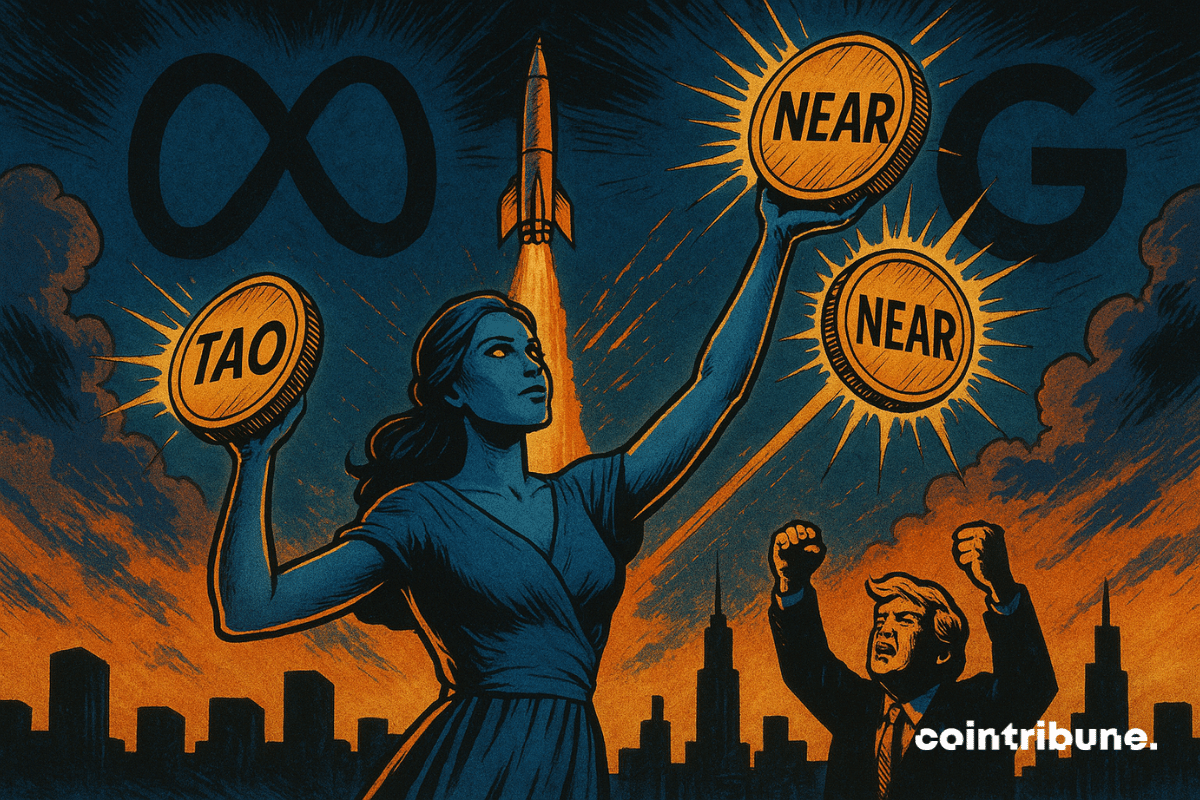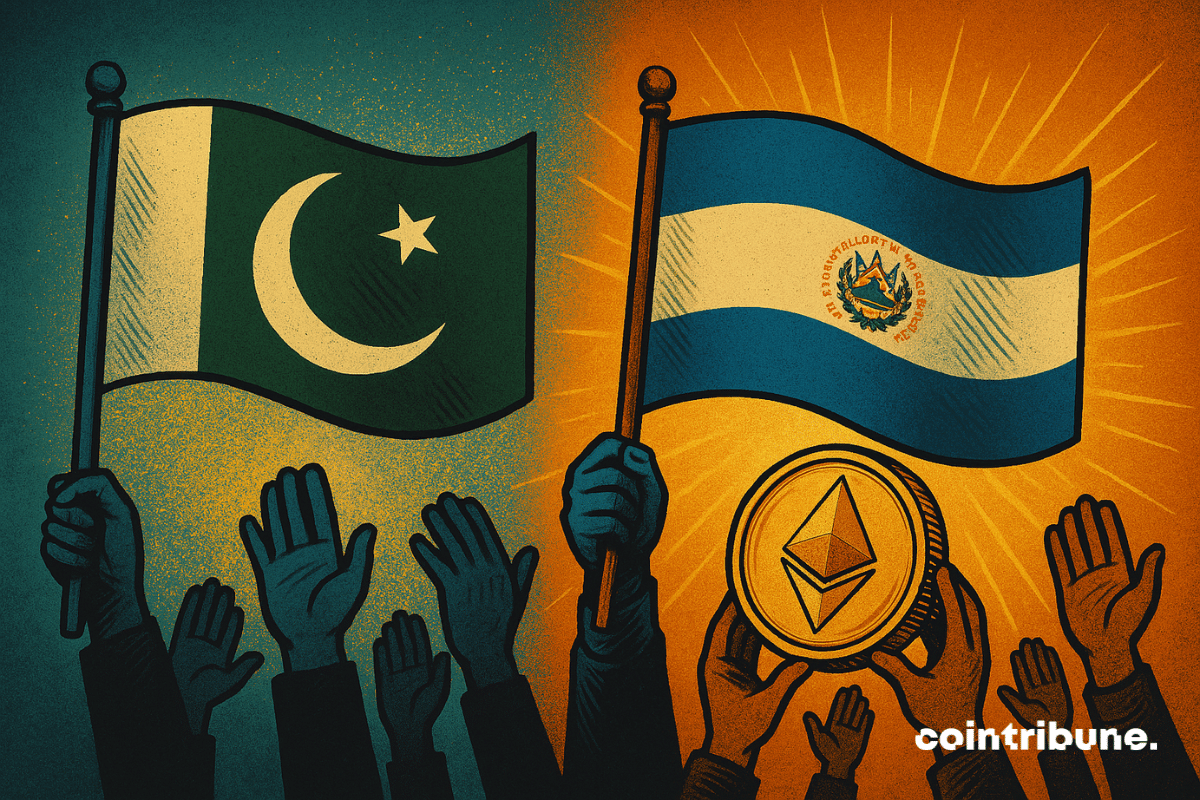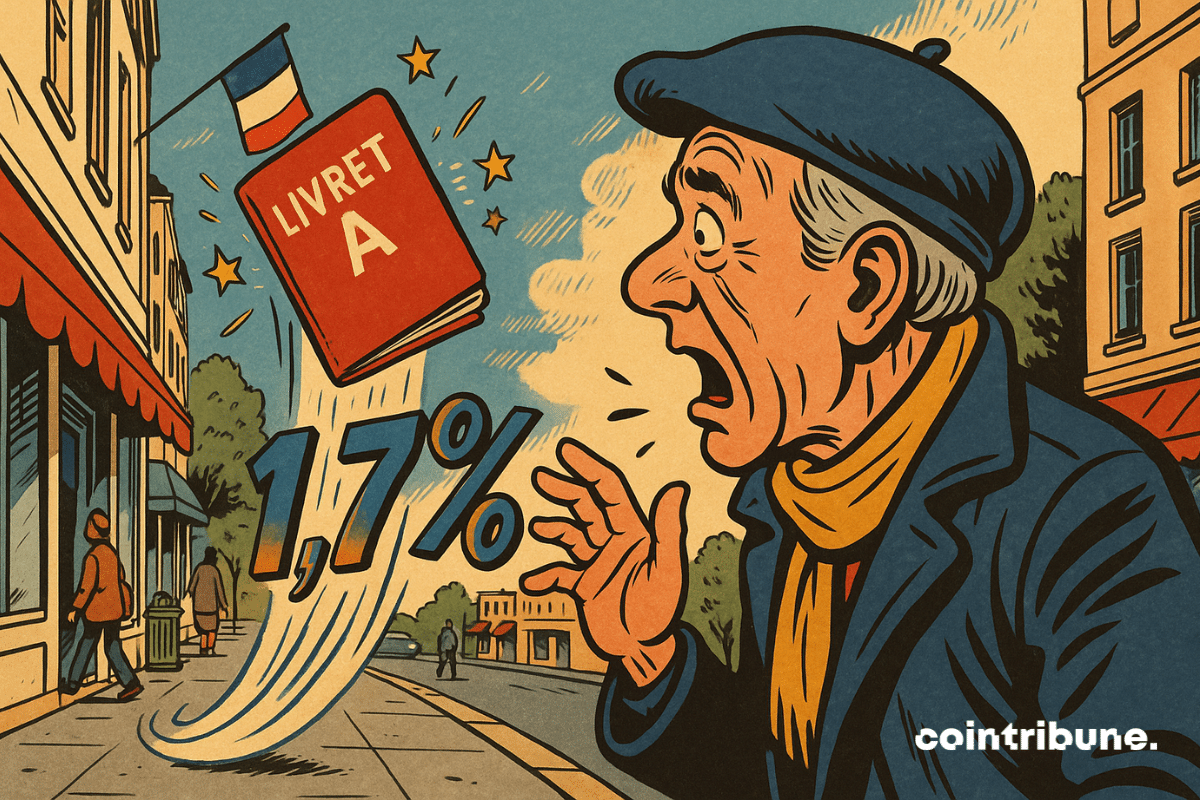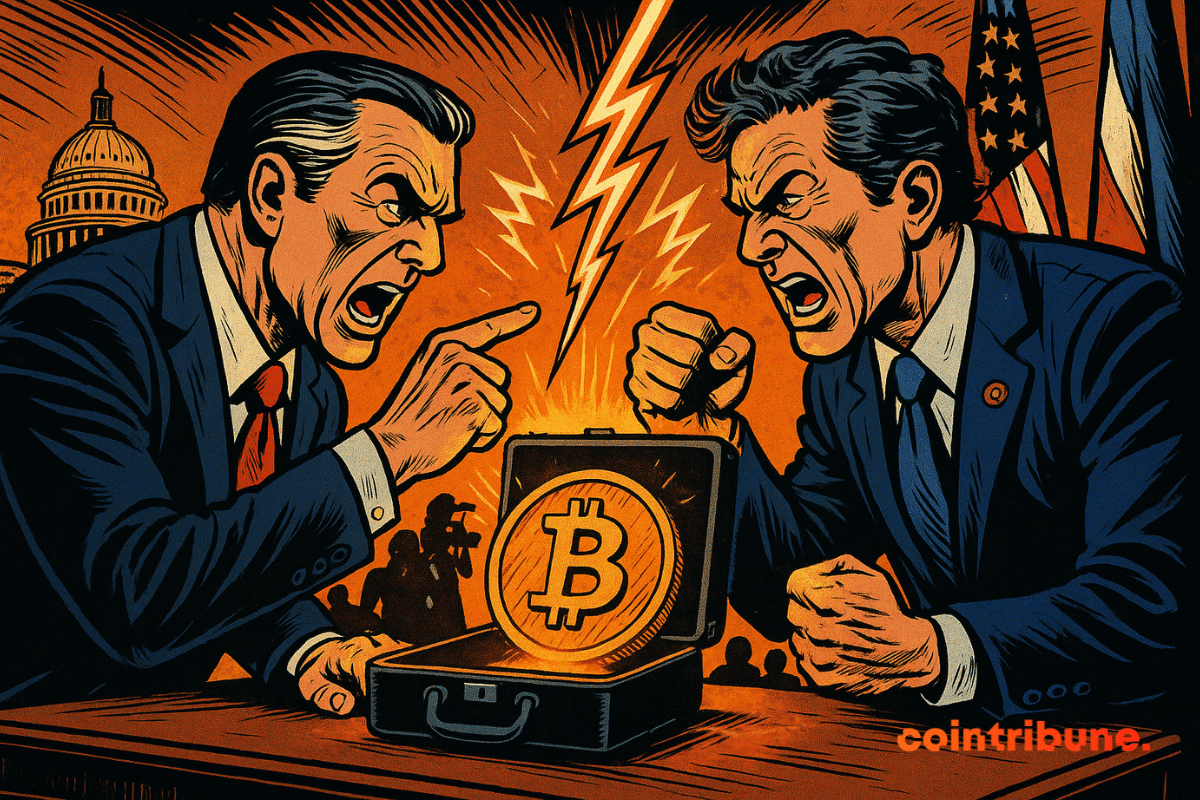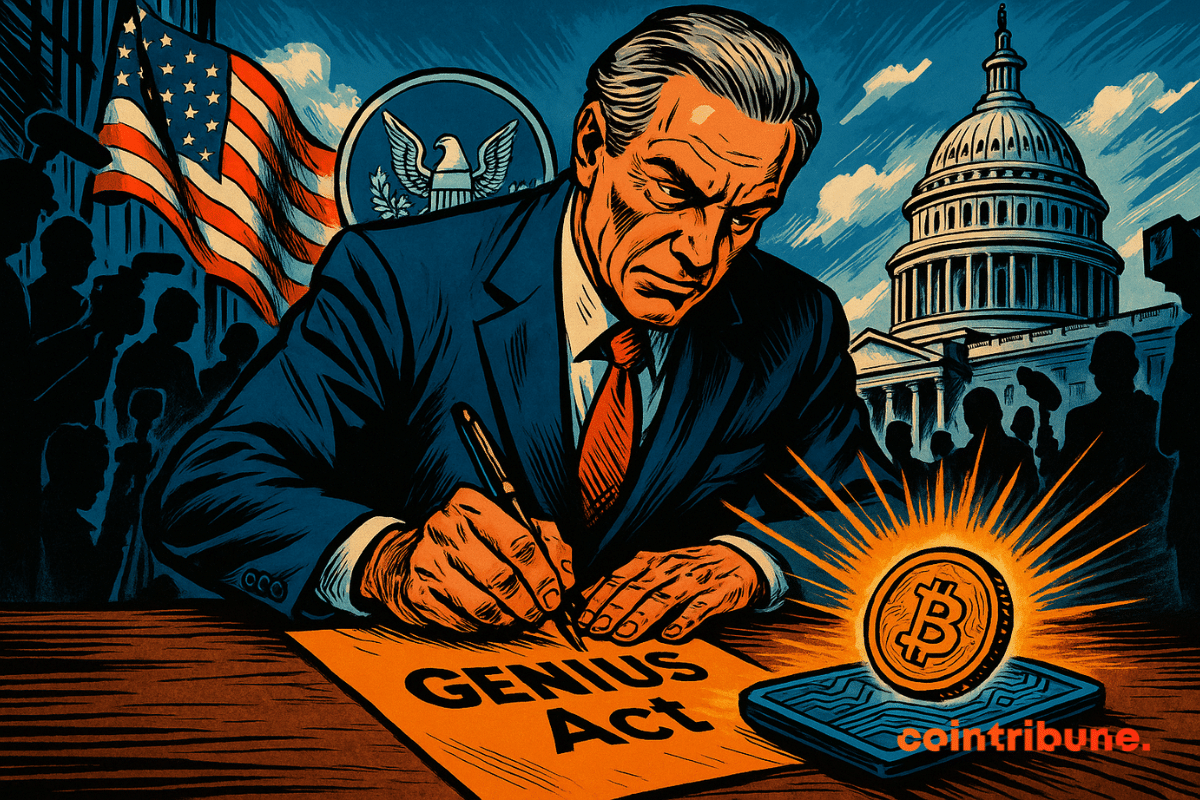Having firmly established its presence in 2023 and 2024, GM Vietnam — Vietnam Blockchain Week now enters a new chapter, defined by greater ambition, expanded scale, and the spirit of Southeast Asia’s next-generation builders.
Archive July 2025
JPMorgan and Citigroup are stepping into the stablecoin space as fintech competition intensifies and U.S. lawmakers push ahead with new crypto regulations under the GENIUS Act, signaling a broader shift in traditional banking.
The AI tokens TAO, NEAR, and ICP are experiencing a spectacular surge, fueled by the announcement of colossal investments in AI and energy. Google, Meta, and Donald Trump are giving new life to AI cryptos. Do these projects have the solid backing to sustain the trend?
Pakistan and El Salvador are joining forces when it comes to crypto. Bilal Bin Saqib, CEO of the Pakistan Crypto Council, met with El Salvador’s President Nayib Bukele in San Salvador. The goal was to establish closer cooperation on digital assets, as both nations double down on Bitcoin adoption.
The preferred savings account of the French is about to face a serious setback. The rate of the Livret A, held by more than 55 million people, will drop to 1.7% on August 1, 2025, down from 2.4% today. This is a significant decline, the largest since 2009, validated by the Banque de France and in accordance with the regulatory formula. In an still fragile economic climate, this decision reignites the debate on the profitability of regulated savings and raises questions about the future choices of savers in search of alternative solutions.
In Washington, crypto is taking shape: laws are being passed, Trump rejoices, and the Fed must put away its digital dreams. Regulation is turning into a soap opera with distinctly American twists.
While the crypto market struggles to regain its breath post-halving, XRP, which has been relegated to the background for years amid price inertia and legal battles, is now flirting with a market capitalization of nearly 200 billion dollars. This spectacular resurgence contrasts with the retreat of Bitcoin and fuels the idea of a new cycle dominated by altcoins. This trend reversal raises questions: Is XRP in the process of redefining the power dynamics within the crypto market?
Far from the usual excitement, the bitcoin market is experiencing a movement that is both massive and discreet: 140,000 BTC accumulated in two weeks by new investors. No euphoria on social media, no media frenzy, but a net inflow that contrasts sharply with the prevailing lethargy. This silent resurgence of interest, driven by profiles previously absent, could mark a turning point in the current cycle. The market is waking up, but this time, without a sound.
The White House is preparing to open a new chapter in the integration of cryptocurrencies into the savings of American households. President Donald Trump plans to sign an executive order allowing, for the first time, 401(k) retirement plans to include bitcoin, gold, and private equity among their investment options. A decision that could eventually create a massive influx of liquidity into the crypto market.
After years of uncertainty and tug-of-war between innovation and crypto regulation, the United States finally seems ready to define its course on the burning issue of crypto. On July 17, the Securities and Exchange Commission (SEC) heralded a historic legislative turning point: the passage of the GENIUS Act in the House of Representatives. This ambitious text, now on its way to Donald Trump's desk for enactment, aims to lay the groundwork for clear, proactive, and decidedly future-oriented regulation. Behind the acronyms and well-rehearsed speeches, a message is emerging: crypto is no longer a regulatory anomaly but a strategic lever for the American economy.


